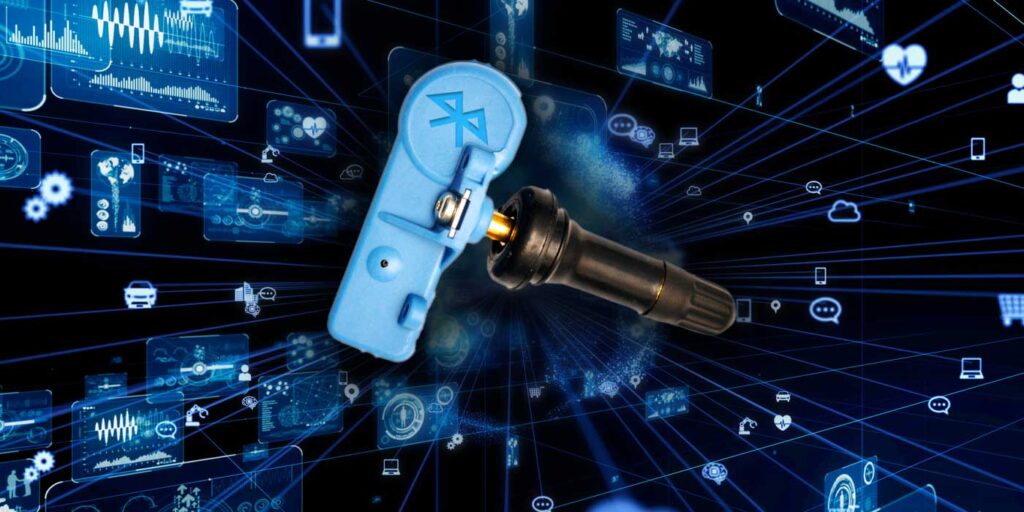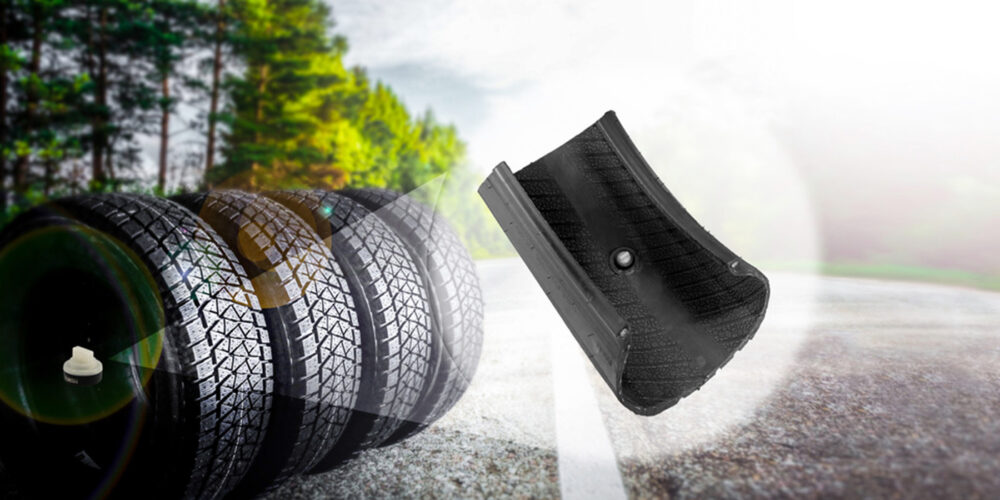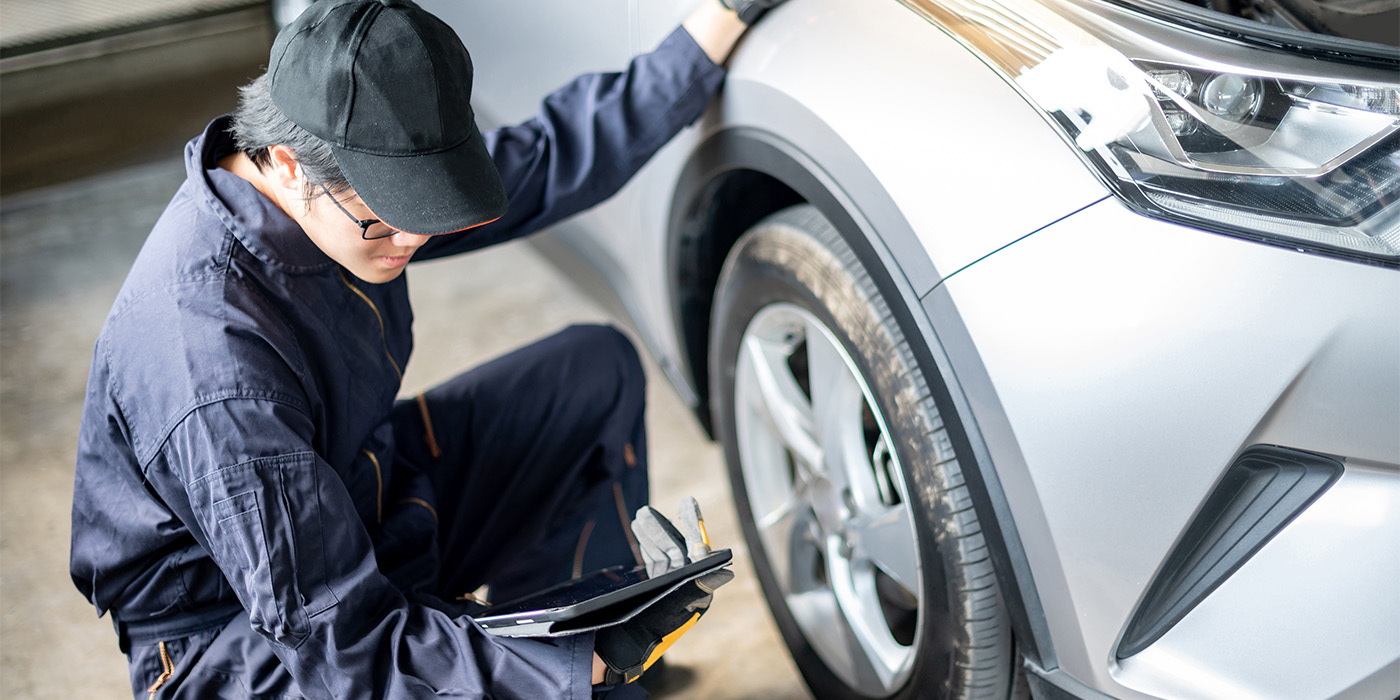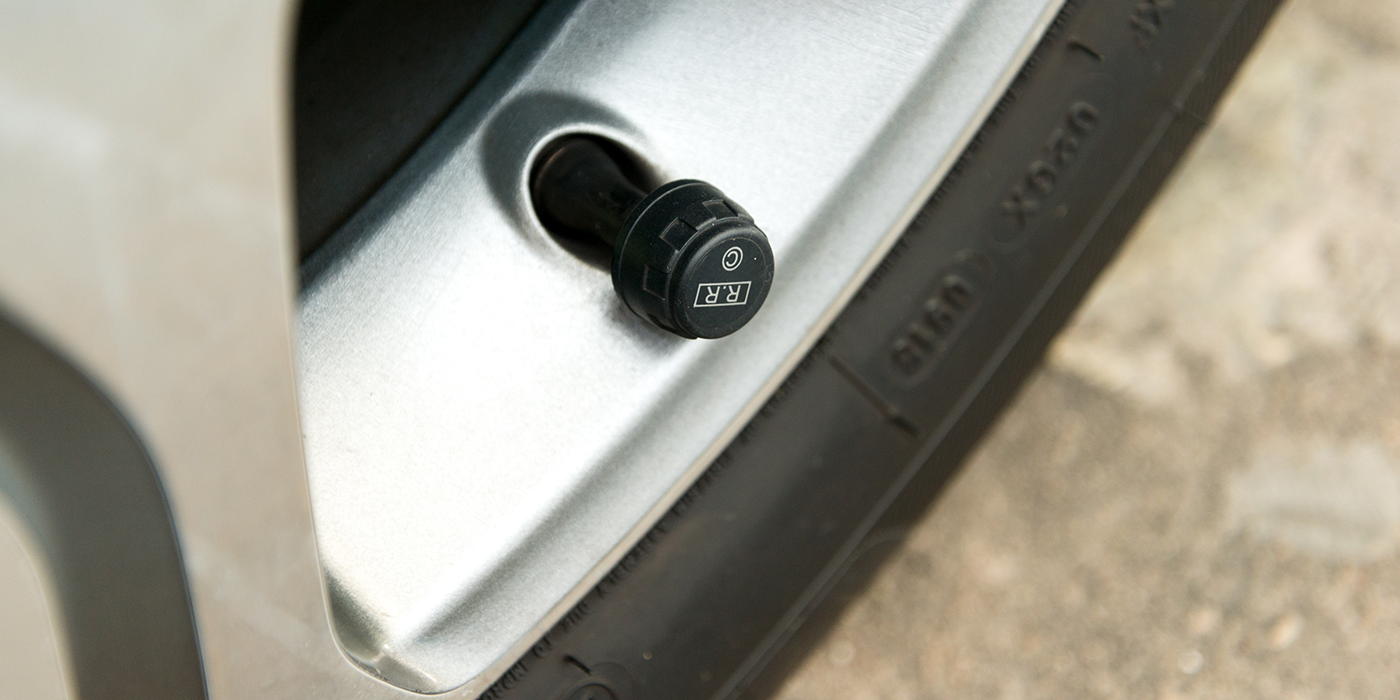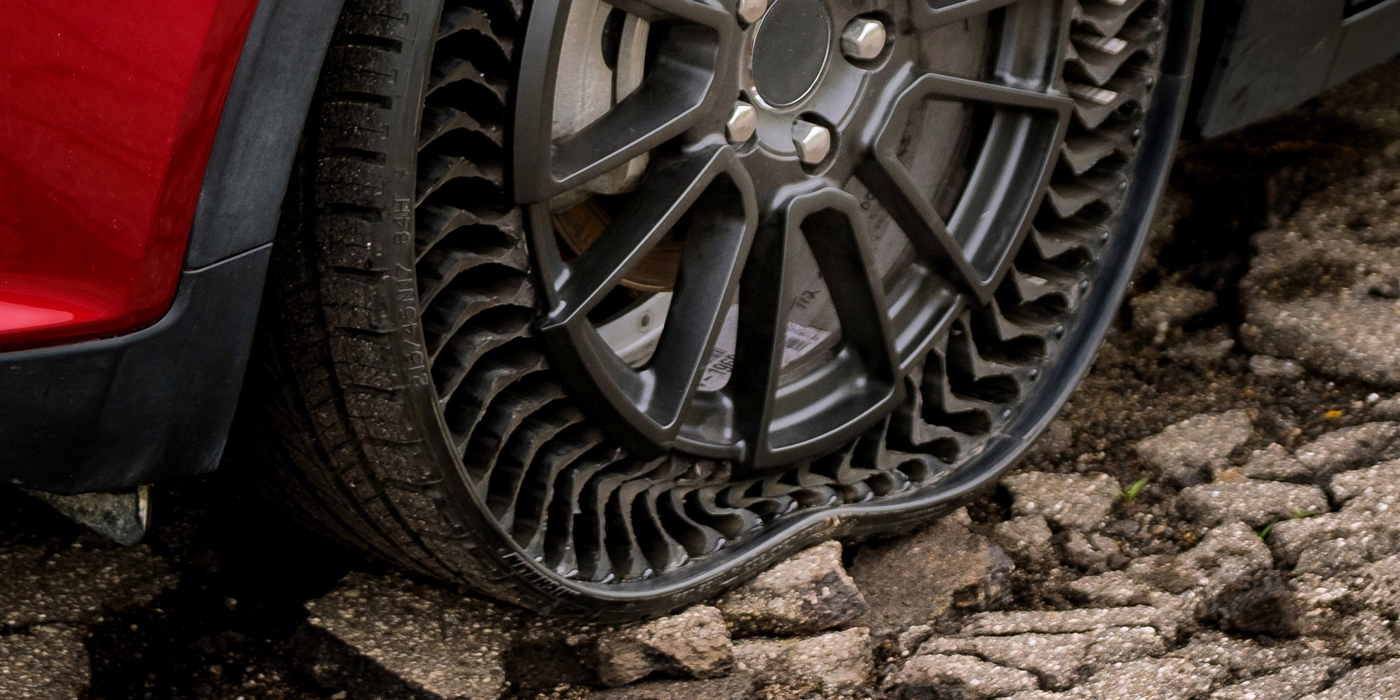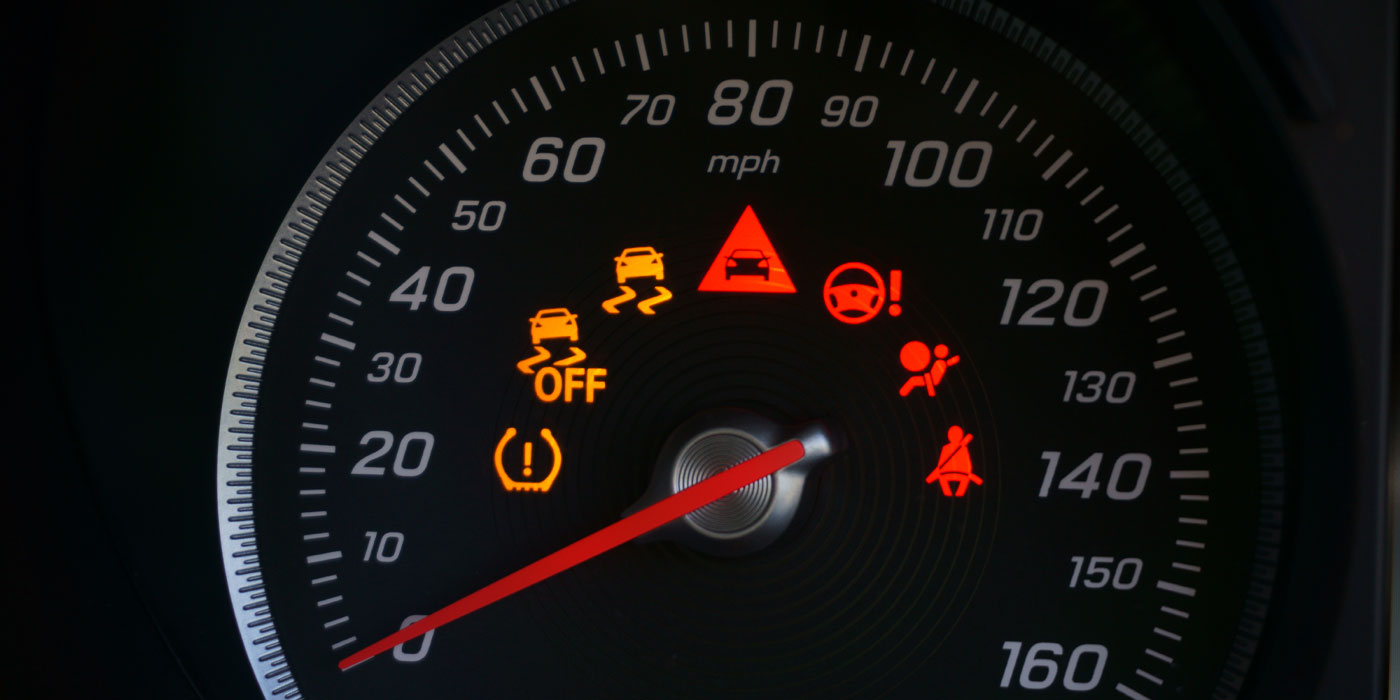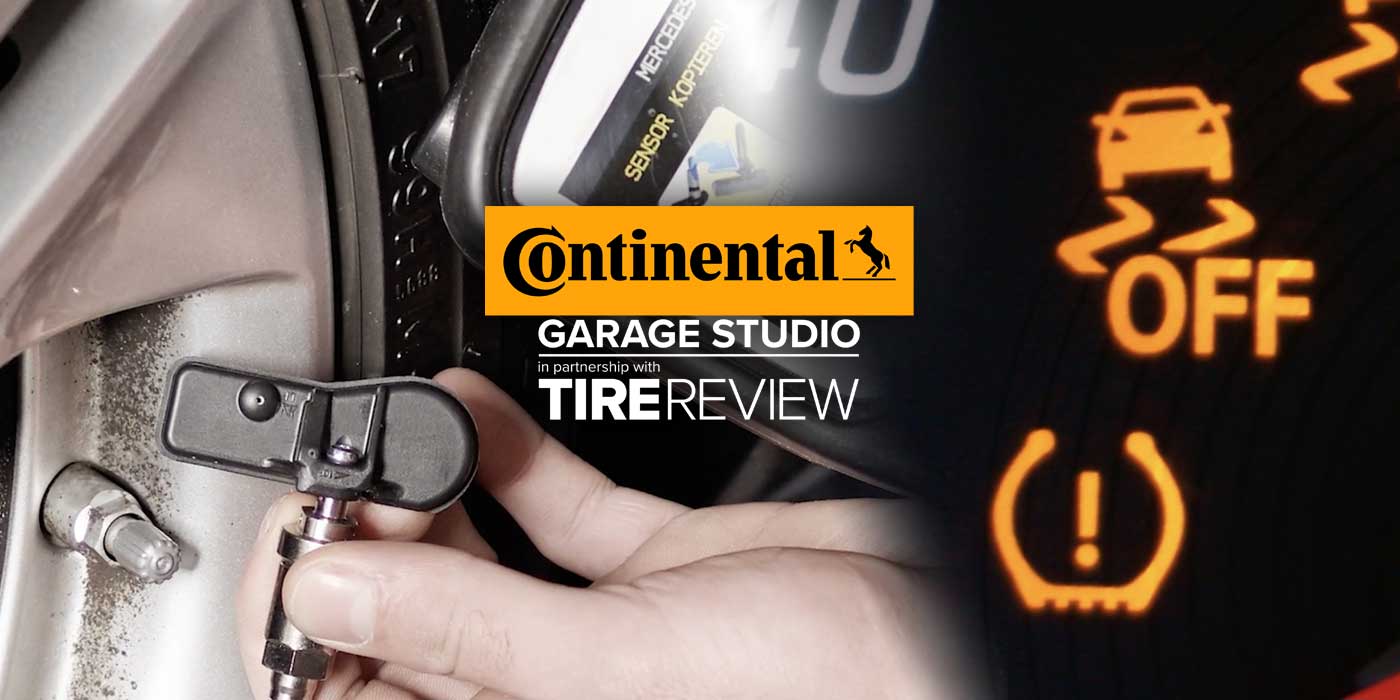TPMS, like most technologies, is always evolving, and that is a good thing. The more accurate the system becomes and the more features that are added to a TPMS system, the more likely the driver will find value in keeping their TPMS system functioning. In the past 10 years alone:
- TPMS went from an optional feature on new passenger vehicles to a mandatory one.
- We went from crowded plug-and-play sensor inventories to having programmable options.
- We went from three programmable sensors to cover the market, to 99% coverage using a single SKU.
- We have added options and further value with Wireless Auto Location (WAL) and temperature readings.
- We have added 90-degree and adjustable stems, color options and new mechanical packages that fit into more aftermarket wheels.
- We have developed retrofit kit systems that allow TPMS to be fitted into just about any passenger vehicle on the market today.
So, what is next?
There are two major TPMS technical advances that are already in development that will greatly affect both the capabilities of TPMS, as well as the servicing of the system. These are Bluetooth Low-Frequency TPMS (BLE) and Tire-Mounted Sensors (TMS).
BLE TPMS technology helps improve vehicle safety, performance and the driving experience. It enables the ability for remote diagnostics, where some repairs can be done remotely, saving the driver a trip. Over-the-Air updates will allow drivers to download new tire-related software updates, opening new features. Its two-way communication ability also enables cybersecurity authentication, which is not currently possible with the traditional one-way sensors on the market today and adds an extra layer of protection from hacking.
BLE technology is expected to ramp up slowly with OEMs in the coming years and will take a few years to hit the aftermarket in any real way; however, this technology is already developed, and we should be prepared.
Tire-mounted sensors will enable more sensing capabilities in general. By mounting the sensor directly to the inside of the tire, the tire can actually sense the road. It will be able to sense tire tread wear and rough road conditions as well as tire load. Tire-mounted sensors are not a new concept but have not found a lot of success in the aftermarket in previous years. This is attributed to the sensor being glued to the inside of the tire, making replacing the component difficult. However, this technology is still developing for OEMs and an aftermarket solution for servicing TMS will be eminent.
The important thing shops can do today is to stay in tune with the players that are at the forefront of these technologies. Ask questions as they start seeing more of these technologies entering the market and seek understanding and training before these flood the market. It will be a hot market for the shops that stand ready to service these new technologies.
Jacki Lutz is the Global Head of Communications, Training and E-Commerce for Schrader TPMS Solutions, a global leader in TPMS. She is a TIA ATS instructor and serves on a variety of industry boards.

